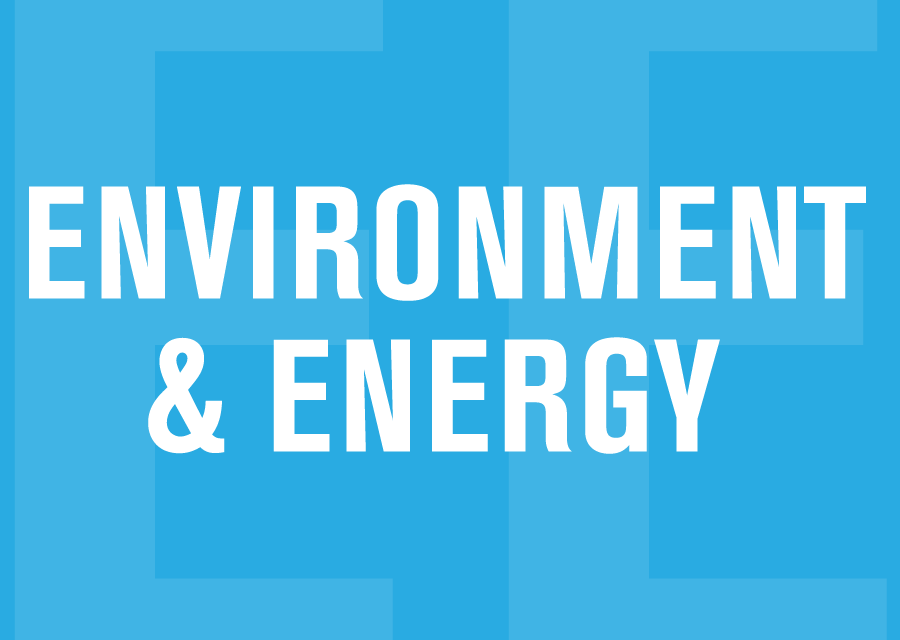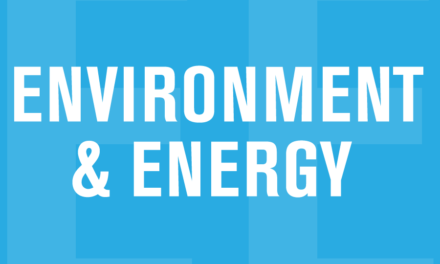Would that the environmental crisis posed by global warming could pass so quickly.
After a couple of weeks of national teeth gnashing over the plight of Canada’s oil industry it turns out that the economic Apocalypse will be delayed, if not cancelled altogether. As last week ended, we learned that contrary to the drumbeat of the doomsayers, Alberta was not on the eve of destruction and that Canadian oil was no longer being sold at fire sale prices.
The most dramatic onslaught of contrary facts came via Stats Canada’s December labour force report. It revealed that not only is Canada’s unemployment rate the lowest on record, supposedly beleaguered Alberta – said a day earlier in the House of Commons to be in “ full-blown crisis” – led the country in job growth in November.
Full-time jobs in Alberta increased by a record 36,500 from October according to Stats Canada, and overall employment in November was up 58,900 from last November. That latter number represents more than one-quarter of all of the job growth in Canada between November 2017 and last month.[1]
Even the oil and gas sector registered gains. Described in the House of Commons last Wednesday by Conservative leader Scheer as “reeling from thousands of job losses,” the sector was up by 900 jobs on the month and 4,800 from November 2017.
Along with the good news on the jobs front came evidence of easing of the deep discount on western Canadian oil, the source of much grandstanding by the Premiers of Alberta and Saskatchewan. On the eve of last Friday’s annual meeting of first ministers, they circulated a letter blaming the prime minister for leaving from the agenda “the price differential that is crippling the Alberta, Saskatchewan and Canadian economies.”
That attention-grabbing claim notwithstanding, not only was the economy showing no signs of being crippled, the price differential had closed considerably, a process that had begun even before Alberta announced an oil production cutback to begin next month. According to the website oilprice.com, the differential dropped from $40 a barrel on Nov. 26 to $24 the day the first ministers met on Dec.7.
Although some reports this week had the differential as low as $10 a barrel, it is expected to widen to something closer to $20. And as usual, there’s a caveat that must be applied with monthly job numbers that may be revised downward in future reports. Furthermore, the government mandated production, while stabilizing the price, could lead to layoffs in the oil patch. So there may yet be new grist for the oil panic mill. But based on current evidence it is fair to say that the oil price “crisis” of November 2018 has been overblown.
Media complicit
The over-hyping is partly the fault of politics. With elections looming in both Alberta and nationally, parties seem to be competing to see whose policies can be most sensitive to the needs of the oil industry. Over-heated rhetoric from them is understandable, if not particularly praiseworthy. But it gets worse when the media act as stenographer, reporting wild claims without checking their validity – a failing not limited to the pro-Conservative Sun chain or Alberta-based media.
The normally level headed Globe and Mail business writer Barrie McKenna saw Alberta “rapidly becoming a have-not province” whose government “faces a devastating loss of up to $4 billion in energy royalties in 2019.” Fellow columnist Barry Mason told Globe readers that Albertans “feel as if they are in the throes of a horrible recession, one that could have catastrophic consequences for many families.” Semi-informed pundits adopted the same dire framing on the TV chat shows.
News reports routinely repeated the claim that oil prices were around $10 a barrel even though the lowest reported on oilprice.com was $11.56 US on Nov. 27 before jumping to $14.29 the next day. As for the talk of job losses and “economic catastrophe,” the employment picture in Alberta was looking up, even before last month’s blockbuster report.
The Labour Force Survey released Nov. 2 showed an increase in employment of 20,700 over the first nine months of 2018. An on-line search found only one report in November of oil industry layoffs – and those were planned layoffs of 70 employees of an oil services company. Granted, there were big layoffs in Alberta and Saskatchewan in the oil industry following the worldwide price drop in 2014. But employment has been on the increase since 2017, a fact ignored by the media and politicians during the recent frenzy.
Doubling down on duplicity
Perhaps the media’s worse transgression was and is the failure to question Alberta’s claim – echoed by the federal government – that pipeline bottlenecks and the price differential are costing Canada $80 million daily.Therefore, the argument goes, Trans Mountain pipeline expansion is desperately needed.
Back in September I posted challenging the Notley/Trudeau fable that oil price discounts caused by a shortage of pipeline capacity is costing the country $40 million a day. The figure was apparently arrived at by multiplying a $20 per day differential by two million barrels of exports per day. Vancouver economist Robyn Allan challenged the two million barrel figure, estimating that only about 400,000 barrels of bitumen exports were subject to the discount. And with the actual discount closer to $8, $40 million a day looked more like $3 or$4 million a day.
But never wanting the facts stand in the way of a good PR campaign, the $40 million a day claim continued until, with the emergence of a $40 price differential in October, it was doubled to $80 million. Despite the narrowing of the differential that has been going on for almost two weeks, the bogus $80-million claim continues, forming the basis of the PR campaign’s gimmicky “real-time lost revenue counter.” The campaign added a new feature this week – projections of the “revenue counter” on the side of buildings in Ottawa designed, as a government flak told Global news, “to remind people and the federal government that denying access to tidewater costs Canada $80 million a day.”
If Robyn Allen’s analysis is correct (and no one has tried to refute it in the many months it has been out there) then the $80 million a day would be reduced five-fold. In addition, the price differential, which can be tracked on a handy Alberta government website is only partially the result of pipeline bottlenecks. As noted in my September post, even the Scotiabank newsletter that is the source of the dubious $80 million figure, acknowledges a natural discount of $13 a barrel based on costs of transportation and refining heavy crude, plus an additional discount resulting from too few pipelines.
With a $40 dollar price differential the “too few pipelines” discount would be $27. When applied to 400,000 barrels that works out to $11million a day, not $80 million. And with the discount narrowing to $24, the “too few pipelines” cost shrinks to $11 a barrel, working out to a daily cost of less than $5 million. That cost is expected to decline even further next year with completion of Enbridge’s Line 3.
The real crisis
There are several regrettable aspects to politically-generated and media-enabled oil panic of the past few weeks. By exaggerating the extent of the problem it stirs up fears and polarizes opinion around pipelines. The hype increases tensions between environmentalists and people concerned about their jobs. It also ramps up regional tensions as Canadians in other provinces are accused of not caring about the welfare of oil-producing provinces.
The disproportionate response to the price differential also distracted attention from the real crisis, climate change. While Canada’s national conversation was dominated by the dip in oil prices, there was more troubling news on the climate front. Representatives from hundreds of countries meeting in Poland to discuss ways to cut greenhouse gas (GHG) emissions were told by scientists involved with the Global Carbon Project that since the supposed landmark Paris Agreement three years ago, worldwide emissions have shot up alarmingly – 1.6 per cent in 2017 and another 2.7 per cent in 2018.
The news received little attention by Canada’s news media, preoccupied as they were by the politics of oil, but was summarized this way by the New York Times.
In October, the Intergovernmental Panel on Climate Change, a United Nations scientific group, issued an alarming report warning signs are rising at a rate that will open the door to widespread food shortages, wildfires, coastal flooding and population displacement by 2040. As part of the latest report, scientists wrote … in the journal nature that the recent rise in global emissions, combined with other factors such as natural temperature fluctuations, could bring those dire consequences a decade sooner, by 2030.
“For those of us that work in this space, seeing the rates of emissions accelerate is deeply dismaying, and it confirms the very clear lack of systemic action and change that we’re seeing across many lines of state, national and global organization,” said Sarah E. Myhre, a research associate at the University of Washington who was not involved in the studies.“It just means that the problem will be harder to fix down the line,” she said. “We’re continuing to buck-pass this problem to our kids and our future selves.”
Emissions are skyrocketing and disastrous environmental consequences are coming closer while world governments do little. In Canada, we are distracted by political debate about the health of the oil industry and who can best guarantee the continued growth of the GHG-heavy oil sands. That’s World Class buck passing.
[1] By comparison, employment in the four Atlantic provinces was up less than 1,000 in November and just 12,300 from November 2017).






A great article, Bro.